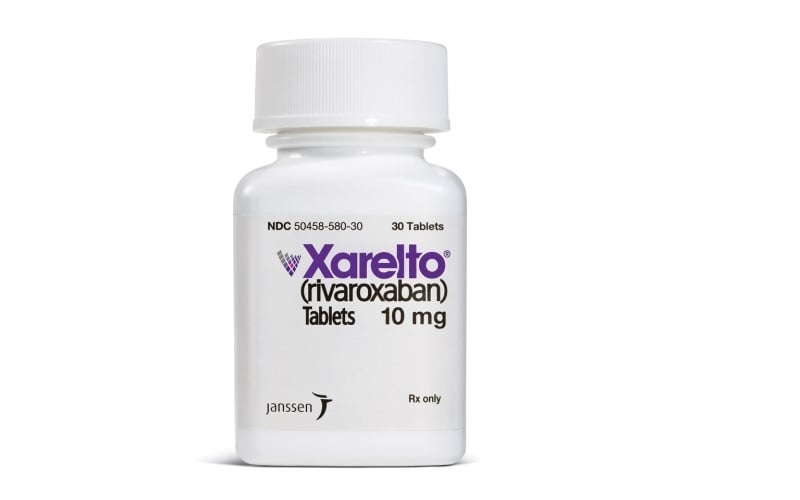J&J and Bayer's Xarelto proves its worth across PAD subgroups in 2 new analyses
14 Nov 2023
Clinical ResultPhase 3AHA

Preview
Source: FiercePharma
The new analyses come from a massive 6,564 patient wide phase 3 study.
Johnson & Johnson and Bayer’s wide-spanning VOYAGER PAD study continues to be a gold mine for proving its Xarelto’s worth in several subsets of patients with peripheral artery disease (PAD).
New analyses that J&J presented at this year’s American Heart Association (AHA)’s Scientific Sessions confirm the blood thinner’s benefits in patients classified as “fragile” and those with comorbid coronary artery diseases (CAD).
PAD patients are considered fragile when they weigh less than 50 kg (around 110 lbs), are more than 75 years old or fall in a lower range on kidney health marker eGFR (estimated glomerular filtration rate). These patients are often at a higher risk for major adverse limb events (MALE), which is defined as amputation and acute limb ischemia. Ischemia is a sudden loss of blood flow attributed to an artery blockage.
In fragile patients treated with Xarelto plus standard-of-care aspirin, 6.2% of patients experienced a MALE compared to the 10.3% of solely aspirin-treated patients that also did. Non-fragile patients saw similar stats with 7.9% of patients in the Xarelto group having a MALE while the same could be said of 9.7% of patients on aspirin alone.
The second analysis relates to lower extremity revascularization (LER), a common procedure for those with PAD that aims to restore blood flow to blocked arteries in the legs through surgery. The surgery can often trigger acute limb ischemia, which is where Xarelto and aspirin can come into play.
The drug has already proved in a prior analysis that it can reduce the chance of ischemia by 33% versus aspirin alone. But according to the new analysis, Xarelto can also make a difference in MACE outcomes, which are defined as myocardial infection, ischemic stroke or cardiovascular death.
In the wider VOYAGER PAD study, which included 6,564 patients, the benefit of adding Xarelto to aspirin was “apparent early, consistent among major subgroups and continued to accrue over time,” the company said. In 2021, the med scored an expanded PAD label to include patients following LER due to PAD.
For more details,please visit the original website
The content of the article does not represent any opinions of Synapse and its affiliated companies. If there is any copyright infringement or error, please contact us, and we will deal with it within 24 hours.
Organizations
Indications
Targets
-Drugs
Hot reports
Get started for free today!
Accelerate Strategic R&D decision making with Synapse, PatSnap’s AI-powered Connected Innovation Intelligence Platform Built for Life Sciences Professionals.
Start your data trial now!
Synapse data is also accessible to external entities via APIs or data packages. Leverages most recent intelligence information, enabling fullest potential.




